Expert tips for cleaning up leaves like a pro: 3 steps for success
Need to tidy your plot this fall? Our advice makes cleaning up leaves easy
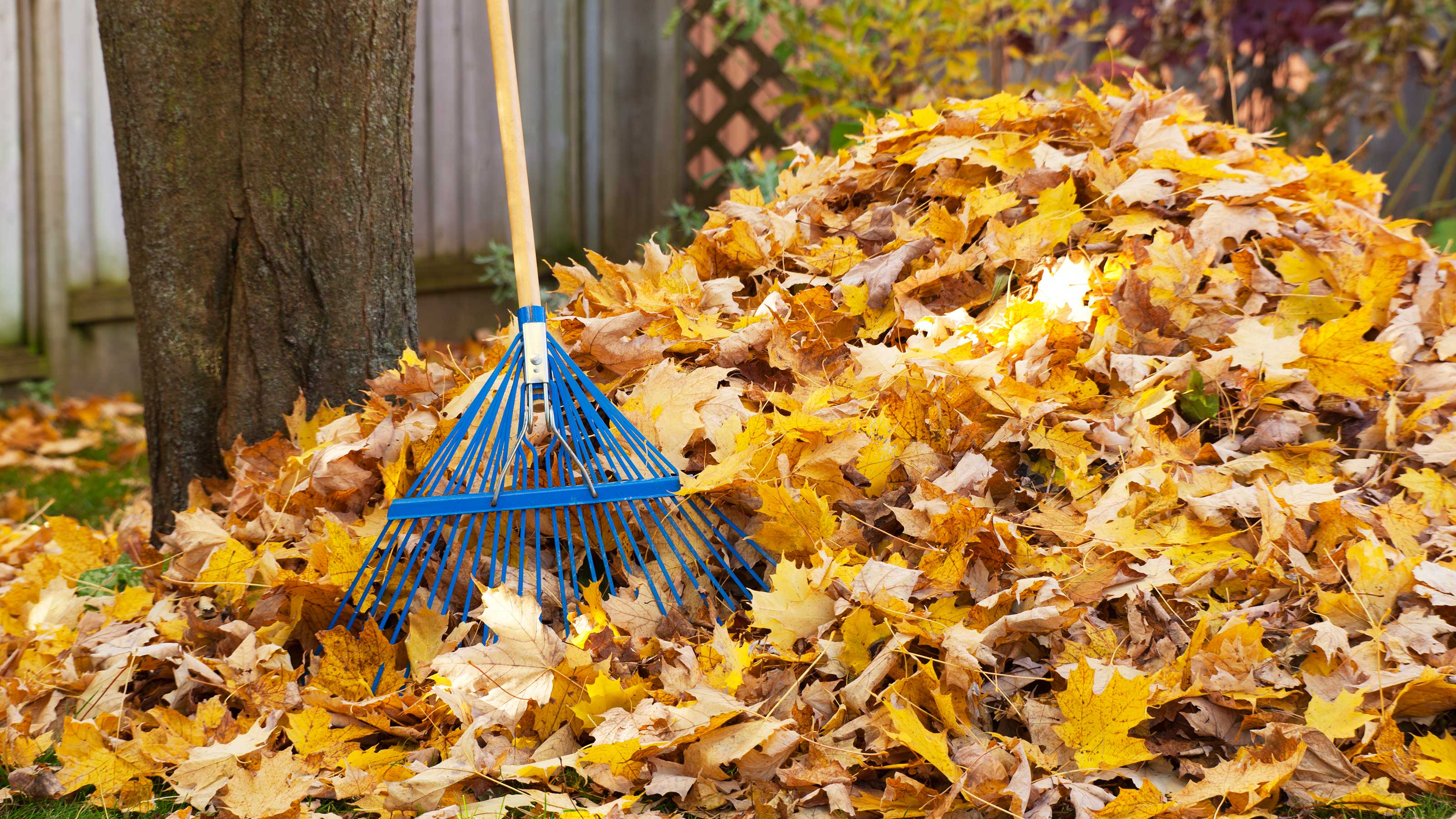

You'll need to tick cleaning up leaves off your autumn to-do list for a few reasons. We all love the explosion of fiery tones that this season brings, but once deciduous foliage falls, it can damage plants and lawns, attract pests, and create a slip hazard.
As those brilliant hues turn to a muddy brown, they start to look untidy, too – which can spoil the effect of your carefully-curated outdoor fall decor. And don't overlook the opportunity collecting leaves brings to create leaf mold: a valuable garden material that's perfect for enriching soil and mulching borders.
If you've got a lot of leaves to clear, don't despair. There are some simple tricks to getting the job done as quickly as possible.
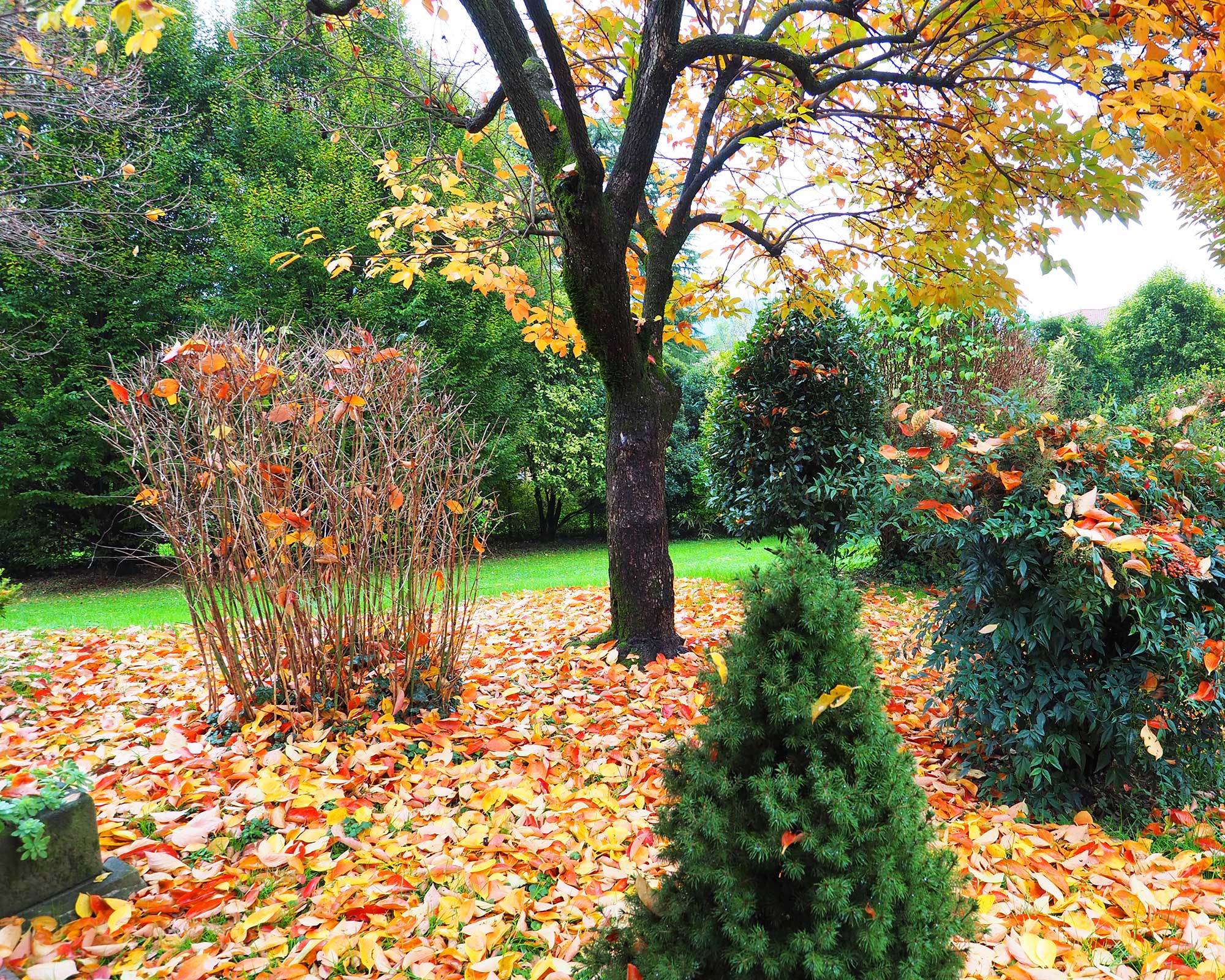
Clearing autumn leaves has many benefits
3 simple steps for cleaning up leaves from your backyard
Whether you're tidying up your fall front porch, a lawn, or a border, these tips on cleaning up leaves will come in handy.
1. Remember, not all leaves need clearing up
Before you start cleaning up leaves, it's worth bearing in mind that some can be left where they fall. Knowing which can save you a lot of time and effort.
Fallen leaves can smother lawns; make patios, paths and decking slippery underfoot; and clog up ponds – so these areas should be cleared as soon as possible.
It is also best to remove leaves from certain plants. For instance, Sean Harkin, Horticultural Team Leader of RHS Garden Wisley, advises collecting them from evergreens, including silver-leaved plants such as lavender, to reduce the risk of the foliage decaying.
Leaves should also be removed from plants – particularly seedlings – that are susceptible to slugs and snails, he adds, as they can attract these pests.
However, leaves that fall on borders full of woodland plants or shade-loving plants can usually be left as they are to decompose.
What's more, if you have a wildlife-friendly garden, note that fallen leaves can create valuable shelter for visiting creatures. On Monty Don's website, the gardening guru explains how he leaves drifts of leaves, alongside piles of prunings and logs, under hedges and trees to provide over-wintering cover for hedgehogs, frogs, small mammals and insects.
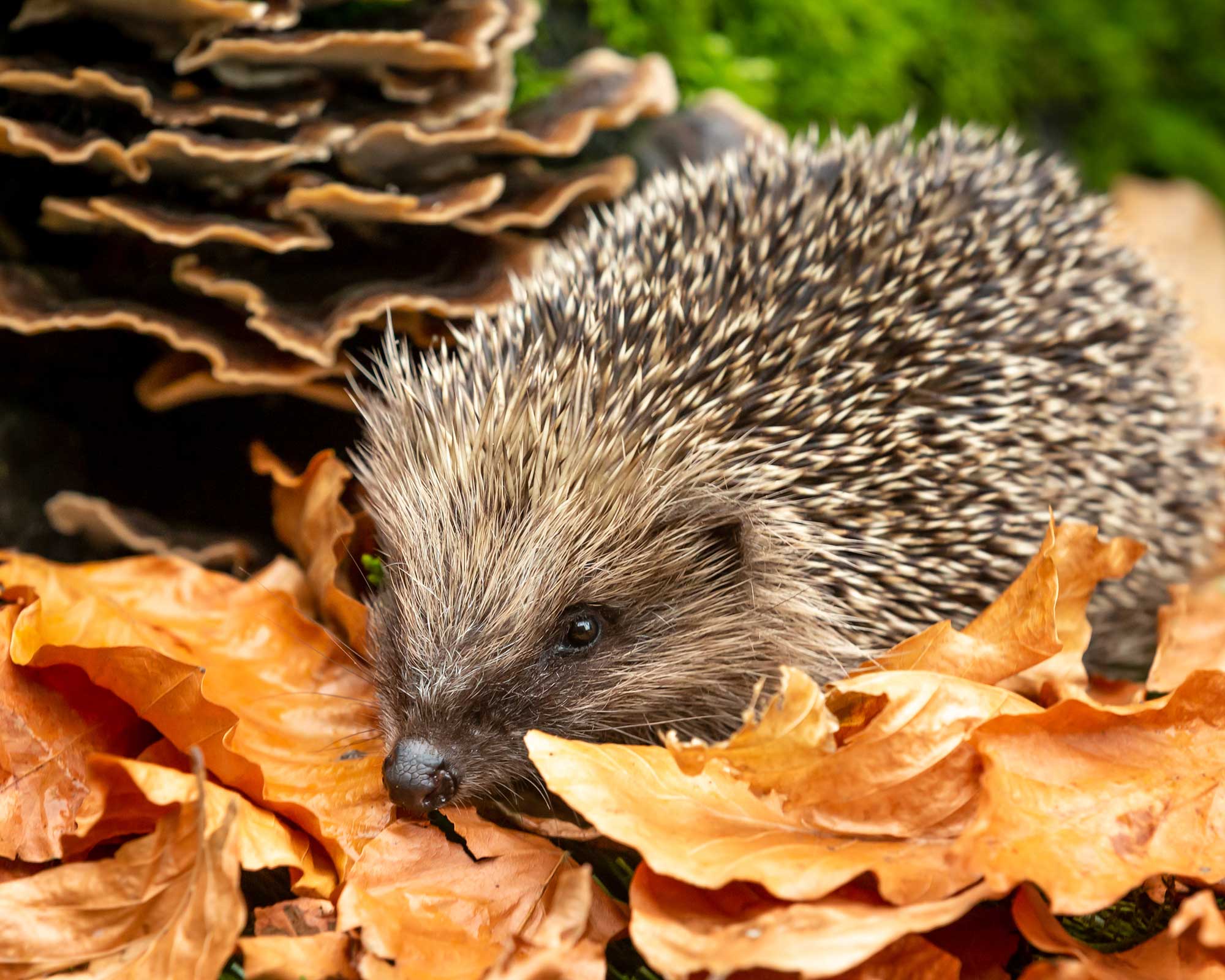
Fallen leaves can provide shelter for small creatures
2. Use the right tools to create leaf piles
Once you know which leaves you need to gather up, you'll need to select the best tool for the job. Paul Hicks of Stihl recommends creating a designated spot in the garden to group all the leaves, as this will make it easier to tidy them up afterward.
After a bit of practice, using one of the best leaf blowers is one of the fastest ways to create leaf piles. 'Try to work in one direction around your garden – this will prevent you from blowing leaves into an area you have already worked through,' says Paul. 'Always check the weather before you start,' he adds. 'Wait for wet leaves to dry, as they are easier to remove, and aim to carry out the task in still (not windy) conditions, otherwise you will be chasing leaves around the garden.'
If working on a lawn, lay a tarpaulin down first to blow the leaves on to (make sure it's downwind). 'Once your sheet is full, gather the corners together to move the leaves,' says the experts at Flymo.
You could, alternatively, invest in a garden vacuum which makes the work even easier – these suck the leaves straight up into a bag ready for emptying.
If you don't want to buy a blower or garden vacuum, a garden broom can be used for clearing up leaves from hard surfaces, such as patios. One of the best garden rakes is useful for lawns – choose a lightweight, spring-tine one to avoid damaging the grass. 'Thin spring-tine rakes are great for getting in between plants in beds,' adds Sean of RHS Garden Wisley.
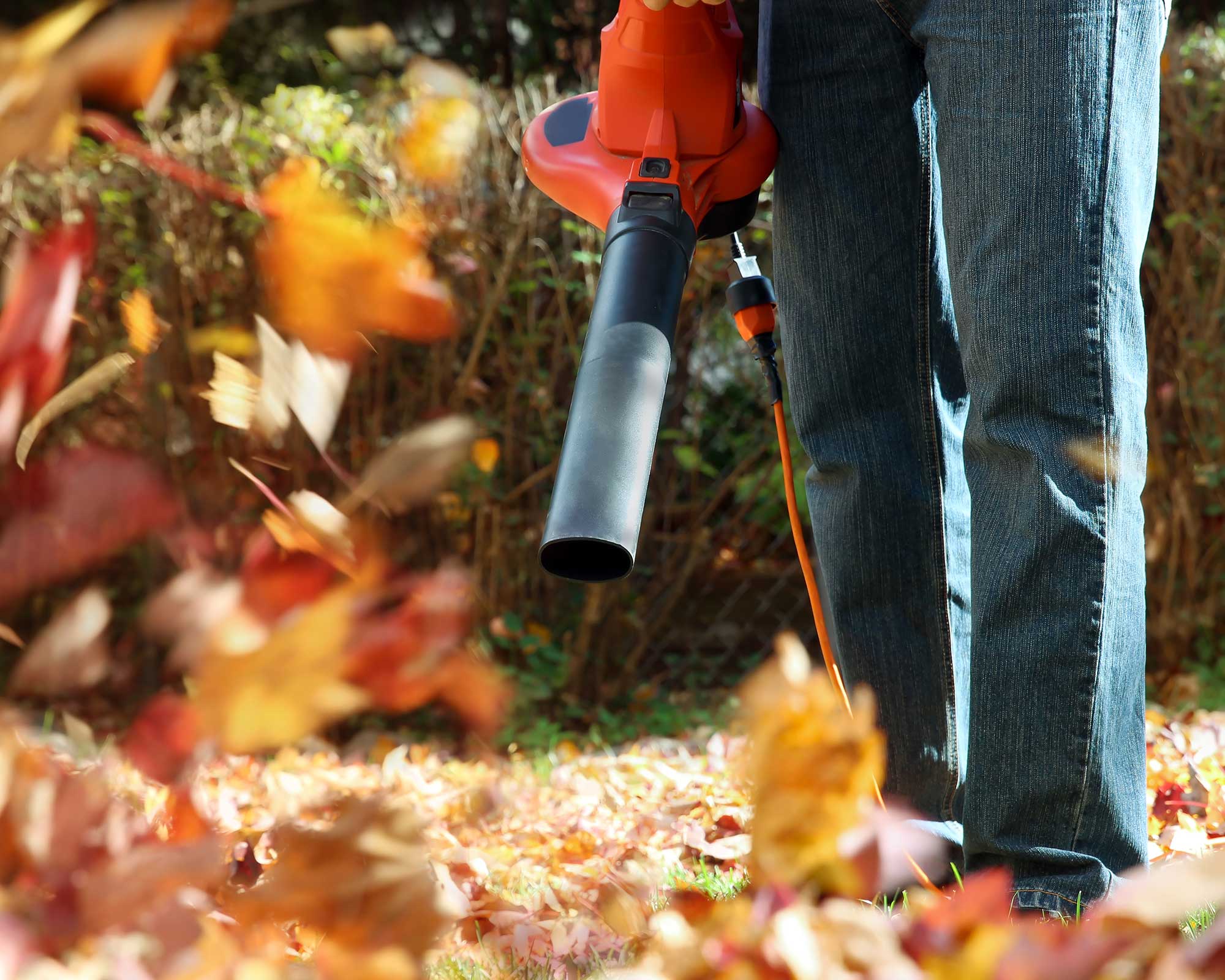
A leaf blower is a quick way to create leaf piles
3. Scoop leaves up to use elsewhere
Once you've made your leaf piles, it's time to collect them up and put autumn leaves to good use.
If you haven't used a garden vacuum or blown the leaves onto a sheet using your leaf blower, collect up your leaf pile with two leaf grabbers (available on Amazon), two large, flat boards, or the flat of a rake and your hand.
Move them into a wheelbarrow or large garden bags for easy transportation. Then, you can use them to make leaf mold.
If you are cleaning up leaves from your lawn and you have a rotary mower, you can run this over the piles, instead, to shred them up. Mixed with the grass clippings, they can then be added to your compost heap.
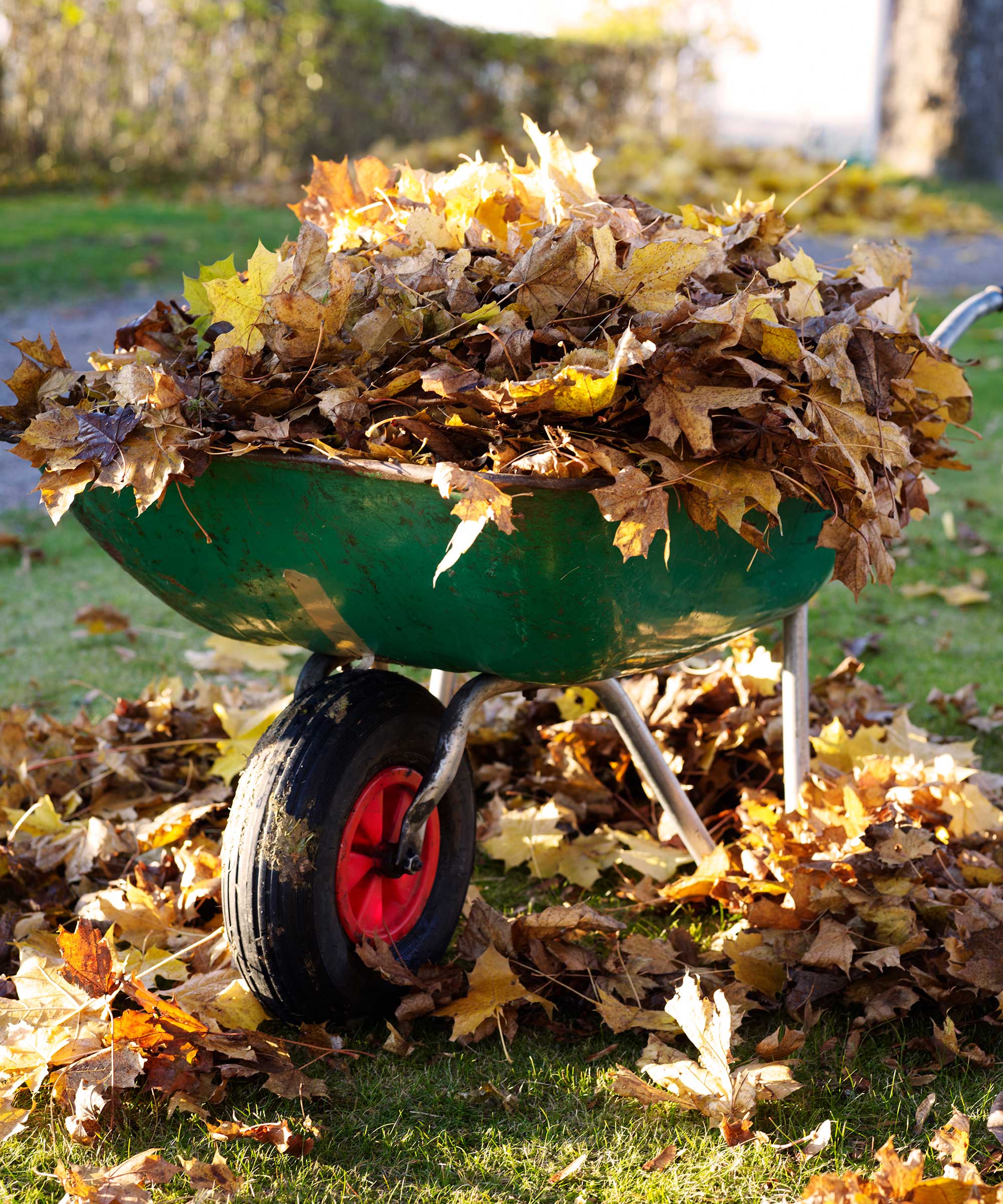
A wheelbarrow can be used to move piles of leaves to where you need them

The garden was always a big part of Holly's life growing up, as was the surrounding New Forest where she lived. Her appreciation for the great outdoors has only grown since then. She's been an allotment keeper, a professional gardener, and a botanical illustrator – plants are her passion.
